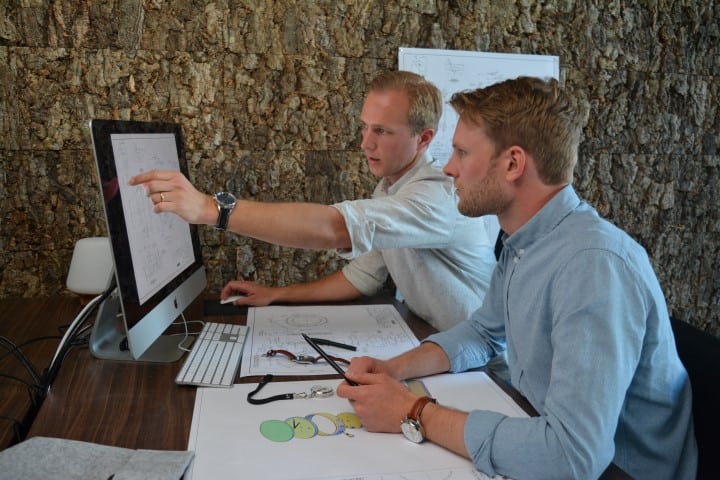
I’ve spent the last few years, covering every angle of manufacturing in China, from a buyer point of view. Today, I turn things upside down, by seeing things from the supplier’s perspective.
After all, China is a top 10 country in terms of readers here on Chinaimportal.com, so it was about time.
I’ve spent almost 8 years in Mainland China, and ever since my first factory visit, I’ve seen suppliers make the same mistakes over and over.
Truth be told, not much have changed since I first set foot in Shanghai back in 2009. Most suppliers are still highly secretive, and believe transparency to be a weakness.
Their mentality also highly focuses on price competition, resulting in very low profit margins.
This may have worked for a while, but something that has changed, is the fact that Chinese factories are no longer as cheap as 10 years ago.
What worked in the past will not work forever.
Luckily, most tips I am sharing in this article are ridiculously easy to implement for most suppliers.
Suppliers that implement these methods can not only acquire (and keep) more customers – but also raise the unit prices above those of the competition, without losing business.
Trust me, I’ve tried this myself.
1. Standardize your product specification sheets
When buyer’s contact a new supplier for the first time, it can take weeks to to understand what the supplier can and cannot do.
Assuming that I’m looking for a watch manufacturer, I need to know the following:
- Can you make 316L stainless steel watches?
- Can you offer sapphire glass?
- Can you provide Ronda movements?
In other words, basic information about the suppliers’ capabilities.
Still, most sales reps have a standard answer to every question. ‘Yes, can make’.
A few weeks later, the buyer will eventually find out the hard way, that their samples are not even close to matching their requirements. Continue reading 6 Ways Chinese Suppliers Can Win Customers & Increase Profit Margins












